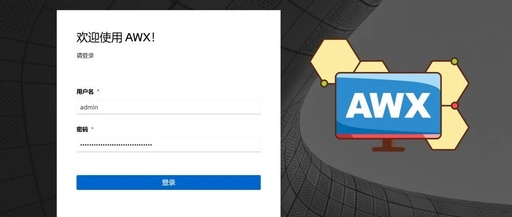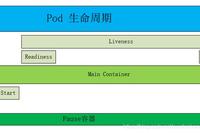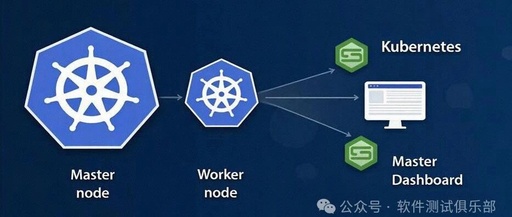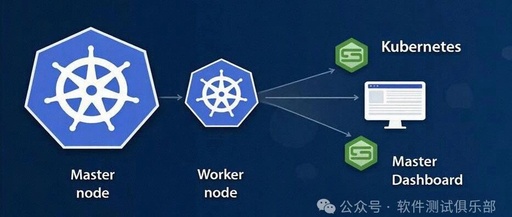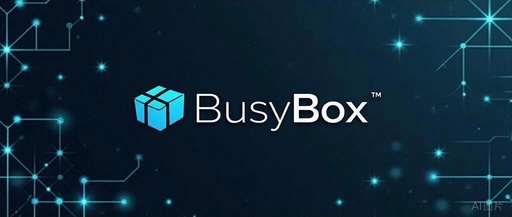Open Source Ansible Playbook Management Platform AWX
1. Introduction to AWX ● AWX is the open-source version of Ansible Tower (the upstream product of the enterprise version), a visual interface server automation deployment and operation management platform. ● AWX provides a web-based user interface, REST API, and a task engine built on Ansible. ● The graphical AWX makes it easier to orchestrate … Read more
